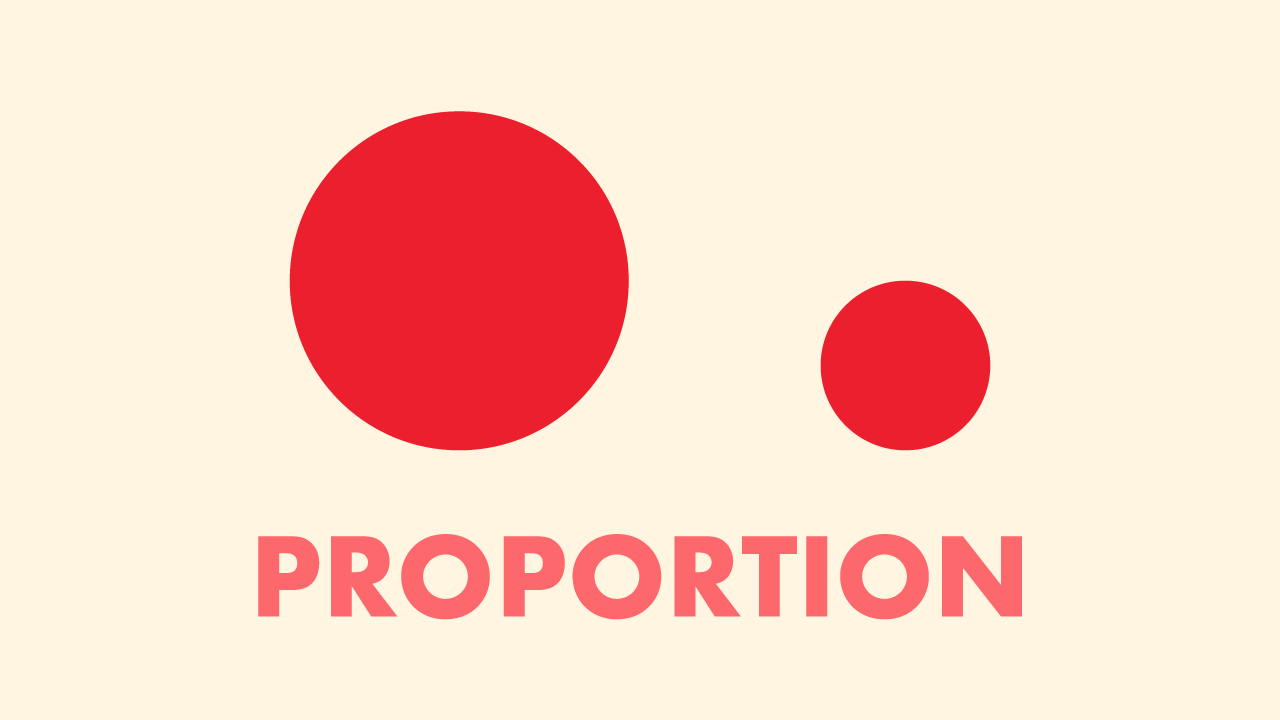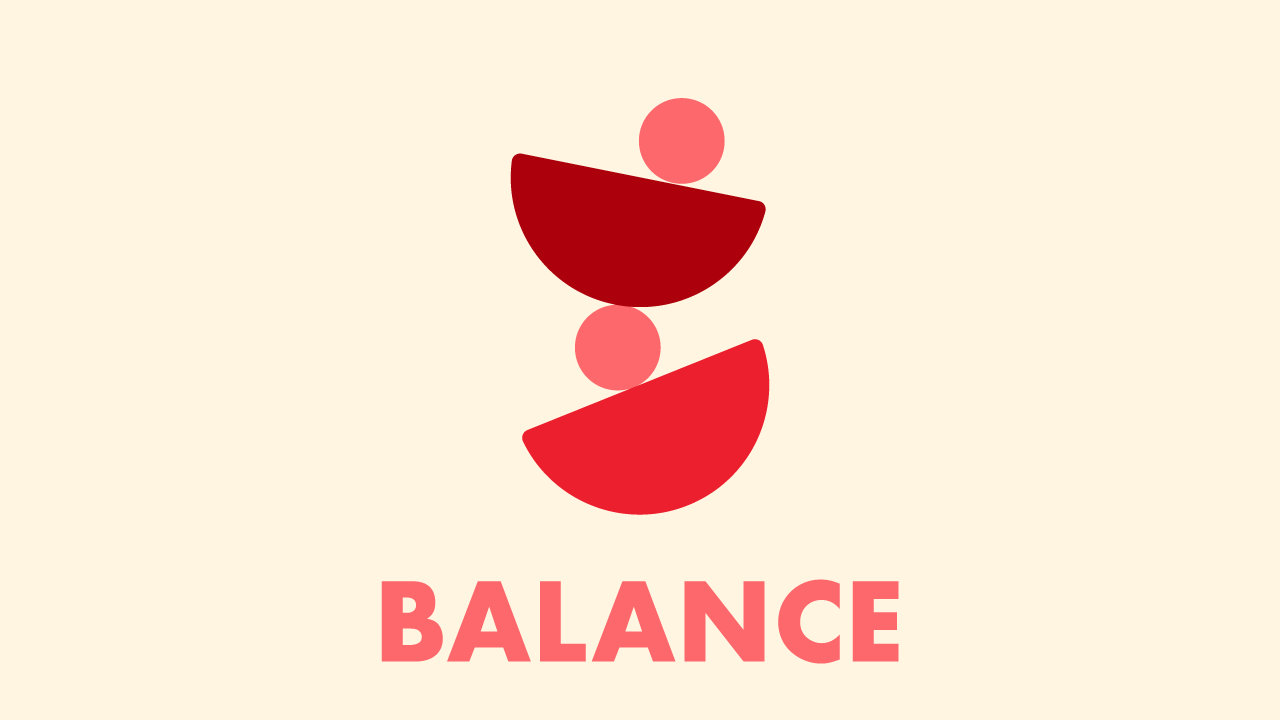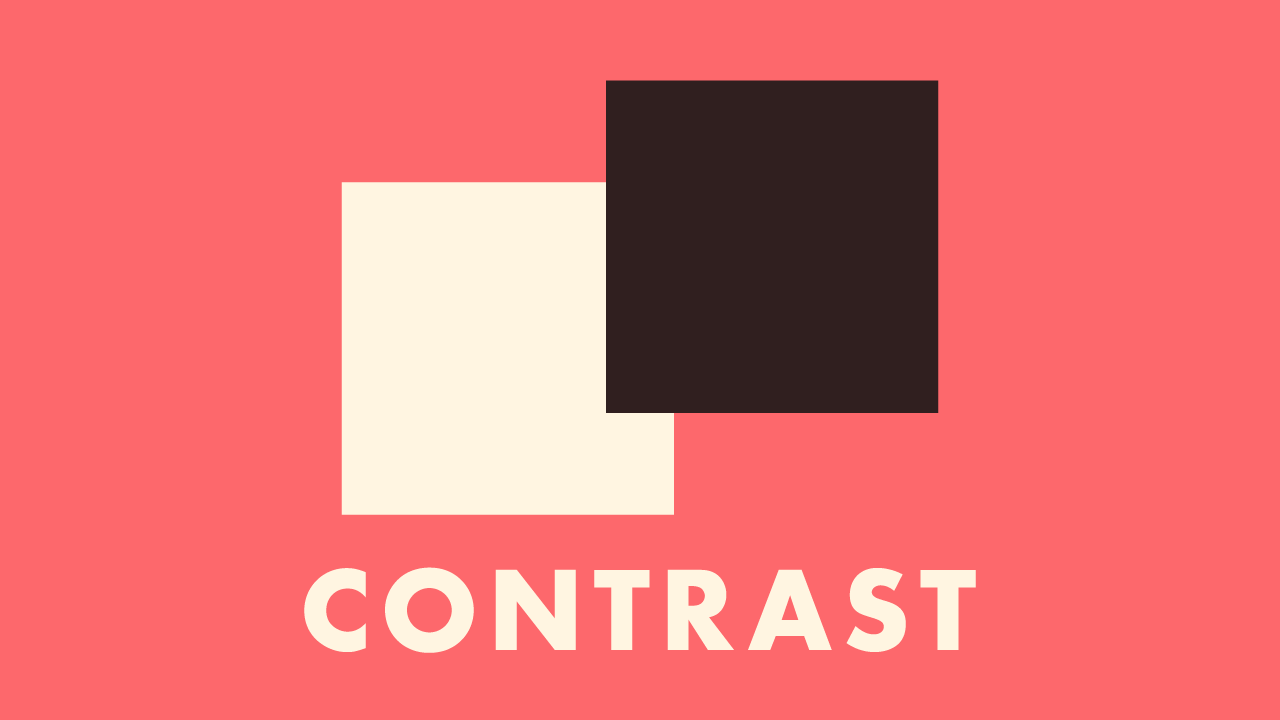Proportion in Design: The Art of Relative Scale
Explore the role of proportion in design, a key principle for creating harmony and balanced compositions, akin to rhythm in music.

2 min read
·November 19, 2023

Introduction:
Step into the world of design, and you’ll find proportion quietly at work, like the unsung hero of a well-structured composition. This principle is not about size alone but about the relationship between objects within a space. Proportion is to design what rhythm is to music; it’s essential for harmony and balance. Today, I’m peeling back the layers to reveal how proportion weaves its subtle spell over our creative work.
Understanding Proportion in Design:
Proportion is a principle that relates to the size and scale of elements within a composition. It determines how parts of a design fit together to create a cohesive whole. Here’s a glance at how I approach proportion in my designs:
- Golden Ratio:
- The Golden Ratio is nature’s design trick, appearing in sunflowers and seashells, and it’s a tool I often use to create a natural sense of beauty and balance.
- Scale and Hierarchy:
- By scaling elements, I can create a visual hierarchy. A larger object draws more attention, becoming the focal point, while smaller elements tend to recede, supporting the main act.
- Balance Through Proportion:
- It’s not just about making things bigger or smaller. It’s about achieving balance so that every part of the design feels like it belongs and contributes to the overall story.
Proportion in Action:
Imagine a brochure where the images overpower the text to the point of overshadowing the message. Or a logo so small that it gets lost in the corner of a package. I use proportion to avoid these pitfalls, ensuring each element is sized and scaled to complement one another.
A Personal Reflection on Proportion:
To me, playing with proportion is like being a chef. Just as too much salt can ruin a dish, too much emphasis on one design element can upset a composition. Proportion is my seasoning, and I use it to create designs that are visually delicious.
Conclusion:
In the dance of design elements, proportion is the rhythm that guides the flow. It’s a fundamental principle that, when used wisely, brings harmony and order to a visual space. As we craft our designs, let’s measure our moves with the scale of proportion, ensuring every piece, every element, fits just right.
Remember, in the architecture of visuals, proportion is the keystone that holds the structure together. Here’s to the well-proportioned designs that stand the test of time, beckoning the viewer with their balanced beauty and inherent grace.
Similar Posts
-
November 19, 2023
Discover the art of balance in design, exploring its types and impact on transforming good designs into great ones in this insightful blog post.
-
November 19, 2023
Delve into the transformative role of contrast in design, from color to typography, and learn to create designs that are both compelling and memorable.

